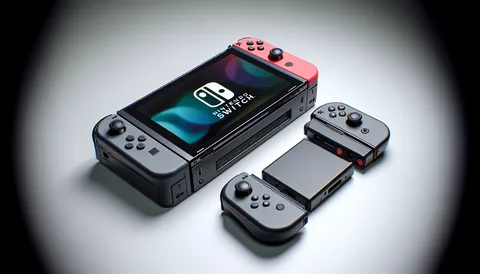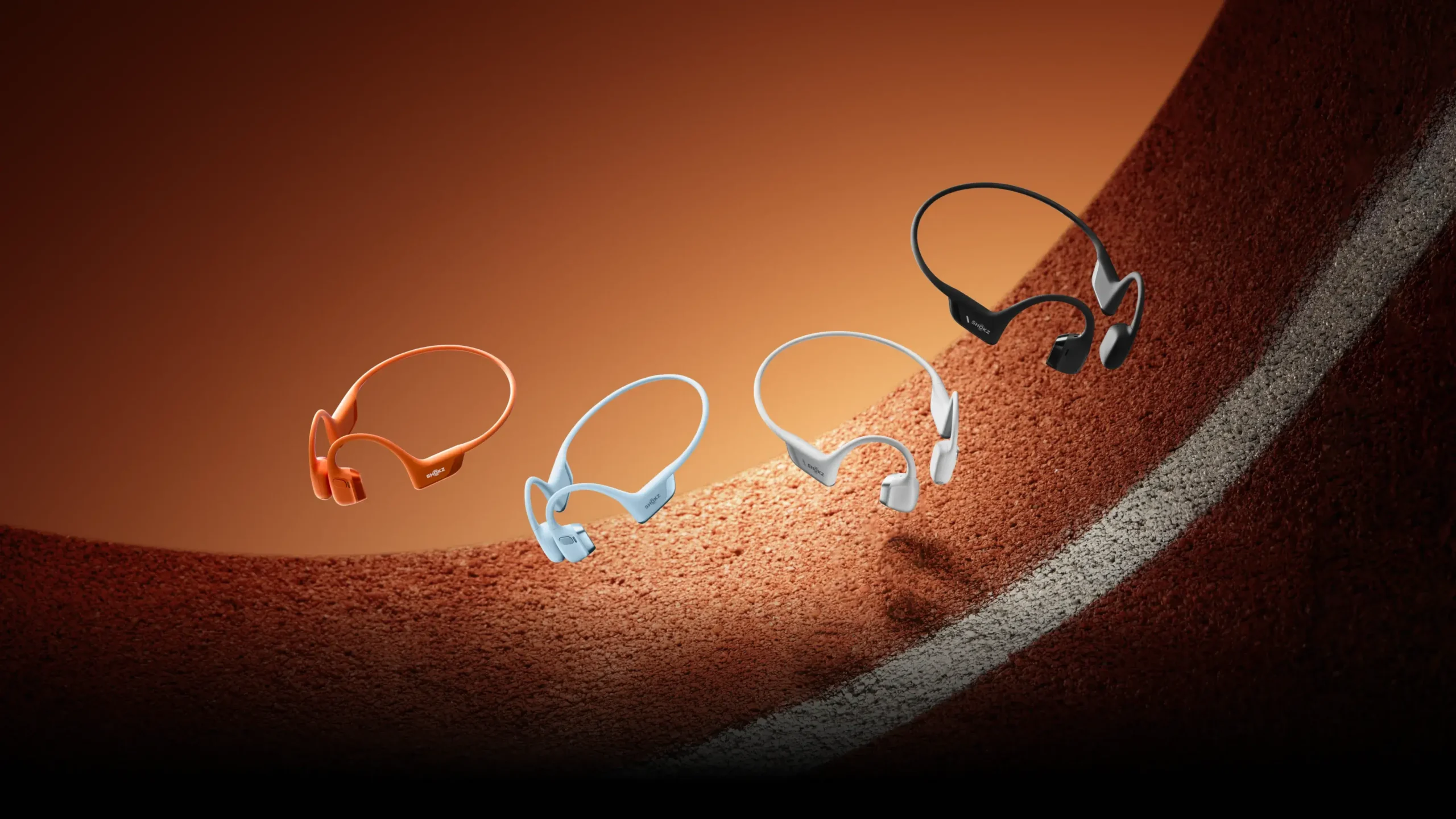The Nintendo Switch has established itself as a groundbreaking console, blending home and portable gaming seamlessly. With the hybrid design and innovative Joy-Con controllers, it has redefined the way gamers interact with their devices. Now, speculation and leaks suggest that the highly anticipated Nintendo Switch 2 might come with an exciting feature: Joy-Cons capable of functioning in a “mouse controller mode.” If this feature proves true, it could be a game-changer, expanding the console’s versatility and appeal far beyond gaming.
The Concept of Mouse Controller Mode
The idea of a mouse controller mode is not new in gaming hardware. This feature allows a controller to emulate the precision of a computer mouse, enabling point-and-click navigation, fine cursor control, and more. Historically, this functionality has been reserved for specialized gaming controllers or peripherals designed for PC and console hybrid use. Incorporating such a feature directly into the Joy-Cons would be a significant innovation for Nintendo, elevating the controllers’ functionality to a whole new level.
In mouse controller mode, the Joy-Con could potentially work as a trackpad or motion-controlled pointer, similar to how the Wii Remote allowed cursor-based interaction. By utilizing the existing accelerometer, gyroscope, and possibly touch-sensitive technology, Nintendo could enable precise cursor movement without requiring additional hardware.
Potential Use Cases for Mouse Controller Mode
Enhanced User Interface Navigation
The Switch’s user interface (UI) is already designed to accommodate both touch and traditional button inputs. However, navigating menus with a joystick or directional pad can sometimes feel clunky, especially when selecting small icons or intricate settings. A mouse controller mode could allow for more intuitive and precise navigation, akin to using a touchscreen or PC mouse.
Productivity Applications
A mouse controller mode could open the door for productivity applications on the Nintendo Switch 2. The current Switch is primarily a gaming device, but with more robust hardware, the new console could support apps like document editors, browsers, or creative software. A mouse-like interface would make these applications far more usable, appealing to professionals and students who want a multifunctional device.
Improved Browser Experience
While the current Switch has a hidden web browser that is rarely used, a more prominent and user-friendly browser could become a feature on the Switch 2. A mouse controller mode would make web browsing more accessible and intuitive, allowing users to click links, scroll through pages, and manage tabs with ease.
Gaming Versatility
Certain game genres, like real-time strategy (RTS), point-and-click adventures, and simulation games, thrive on the precision of a mouse. While these genres have been underrepresented on the Switch, the inclusion of a mouse controller mode could encourage developers to port such games to the platform, broadening its library and attracting new audiences.
Accessibility Features
A mouse controller mode could significantly enhance accessibility. Gamers with limited mobility or those who struggle with traditional joystick controls might find the precise, minimal-effort movements of a cursor far easier to manage. This addition aligns with Nintendo’s growing focus on inclusivity in gaming.
Technological Implementation
The Joy-Cons are already packed with advanced technology, including motion sensors, HD rumble, and infrared cameras. To enable mouse controller mode, Nintendo could build on these features or incorporate new innovations, such as:
•Gyroscopic Controls
Using gyroscopes for cursor movement could mirror the functionality of a traditional mouse. Players could tilt or move the Joy-Con to adjust the position of an on-screen cursor, offering a precise and fluid experience.
•Touch-Sensitive Inputs
If future Joy-Cons include a touch-sensitive area, they could function similarly to laptop trackpads, allowing players to swipe, tap, and scroll. This would make the controllers even more versatile without altering their compact form factor.
•Infrared Sensor Enhancements
The current infrared sensor in the Joy-Con could be upgraded to support more accurate pointing mechanics, similar to the Wii Remote. This would make the mouse mode feel natural and intuitive for users familiar with older Nintendo systems.
•Bluetooth and USB Compatibility
To fully utilize mouse controller mode, Nintendo might enable Joy-Cons to work with non-Switch devices, such as PCs, tablets, or even smart TVs. This would make them more competitive with standalone gaming controllers and attract users seeking multi-purpose peripherals.
Idea Of Gaming and Beyond
If the Switch 2 includes a mouse controller mode, it could have far-reaching implications:
Expanding the Gaming Ecosystem
By supporting more game genres and control styles, the Switch 2 could attract a broader audience. Developers who create PC-first games might be more inclined to bring their titles to the Switch, knowing that players can enjoy them with a mouse-like experience.
Boosting Indie Development
Indie games often rely on unconventional control schemes. A mouse controller mode could make it easier for indie developers to design innovative gameplay mechanics or adapt existing titles for the platform. This could help Nintendo maintain its strong relationship with the indie gaming community.
Strengthening Nintendo’s Market Position
While Microsoft and Sony focus on high-performance gaming, Nintendo could solidify its niche as the most versatile gaming platform. Features like mouse controller mode would differentiate the Switch 2 from its competitors, appealing to gamers who value creativity and functionality over sheer graphical power.
Entering New Markets
With mouse-like controls, the Switch 2 could become a viable alternative to tablets and laptops for casual productivity tasks. This could open up entirely new markets for Nintendo, particularly among younger users, educators, and casual tech consumers.
Challenges and Considerations
While the idea of a mouse controller mode is exciting, it does come with potential challenges:
•Learning Curve
Some players might find it difficult to adapt to a new control scheme, especially if it requires precise wrist movements or unfamiliar gestures.
•Hardware Costs
Adding new features to the Joy-Cons could increase production costs, which might be passed on to consumers. Nintendo would need to balance innovation with affordability to maintain the Switch’s broad appeal.
•Battery Life
Enhancing the Joy-Cons with additional sensors or touch capabilities could drain their batteries more quickly. Nintendo would need to prioritize energy-efficient designs to avoid compromising gameplay sessions.
•Software Support
For mouse controller mode to succeed, Nintendo would need to ensure robust software support. This includes updating the system UI, enabling compatibility with third-party applications, and encouraging developers to utilize the feature in their games.
Speculation vs. Reality
It’s important to note that the existence of a mouse controller mode in the Switch 2 is still speculative. While patents and leaks often hint at future features, they don’t always make it to final products. Nintendo is known for its secrecy and its willingness to scrap ideas that don’t align with its vision.
However, the concept aligns with Nintendo’s history of innovation. From the Wii Remote to the dual-screen DS and the hybrid Switch, the company has consistently pushed the boundaries of gaming hardware. A mouse controller mode would be a natural evolution, offering players new ways to interact with their favorite games and applications.
Impression
The potential inclusion of a mouse controller mode in the Nintendo Switch 2 Joy-Cons could mark a significant step forward for the console. By combining gaming and productivity functionality, this feature would broaden the device’s appeal and reinforce Nintendo’s reputation as a pioneer in gaming technology. While challenges remain, the benefits of such a feature—enhanced navigation, expanded game genres, accessibility improvements, and new market opportunities—make it a compelling possibility.
As we await official announcements, the gaming community can only speculate about how Nintendo plans to innovate with the Switch 2. Whether or not mouse controller mode becomes a reality, it’s clear that the next iteration of the Switch will aim to surprise and delight fans, staying true to the company’s legacy of creativity and excellence.
No comments yet.








